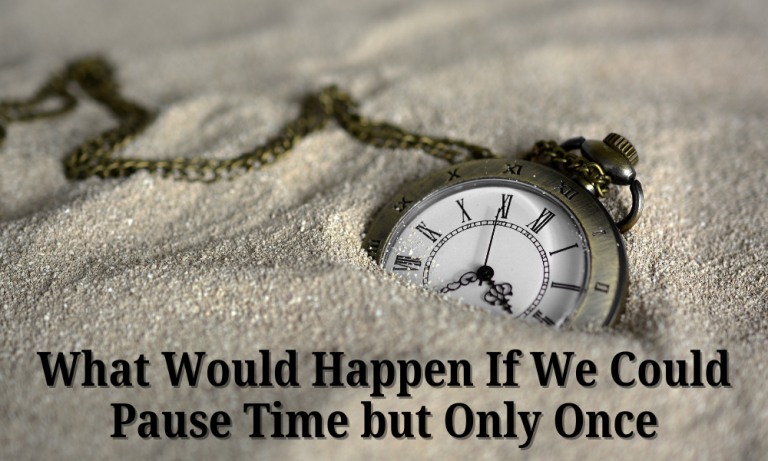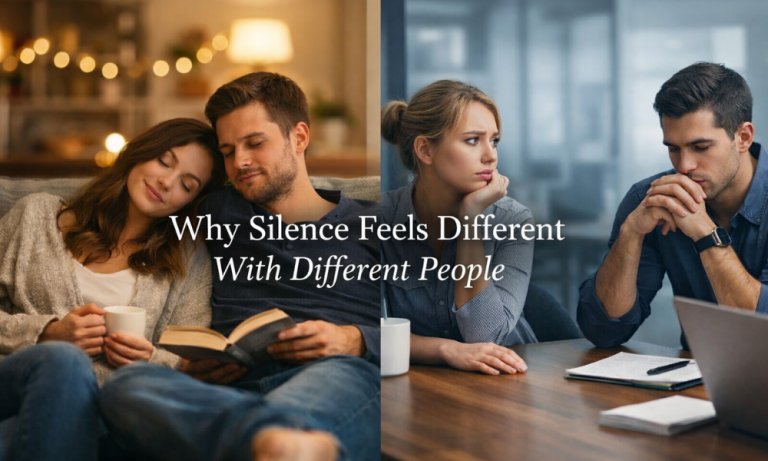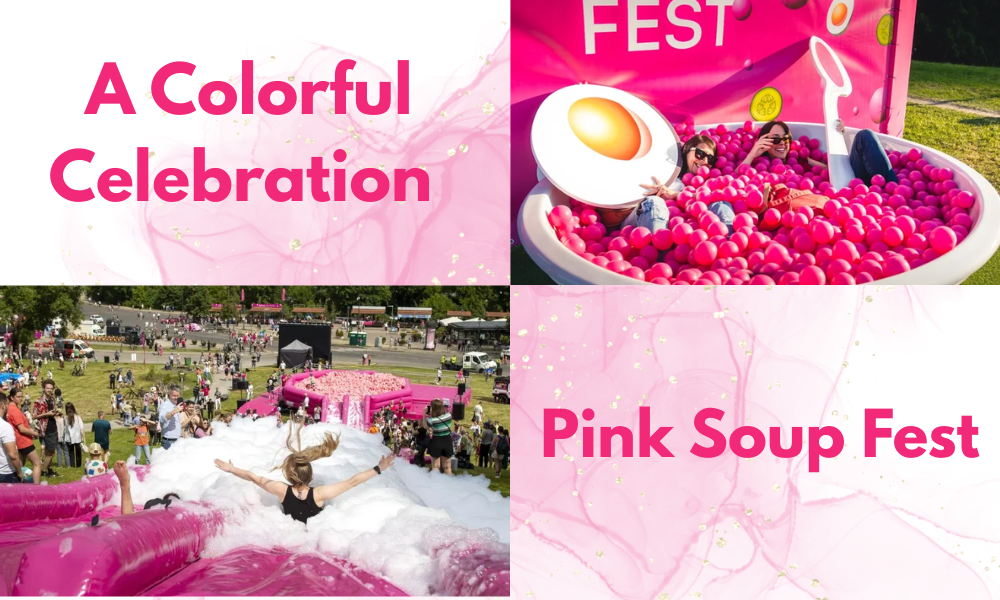Why On-Page SEO is Most Important to Achieve Google PAGE-1 Result
Introduction
Everyone wants to show up on Page 1 of Google, but here’s the thing: you can’t just wish your way there. Your site must be authentic and google must know that what all your site is about and its not a fake one. Think of it like getting your shop ready for customers—if it’s messy and confusing, people (and Google) will leave.
Let’s break down why on-page SEO matters so much, what you need to focus on, and how it helps you climb to Page 1 without pulling your hair out.
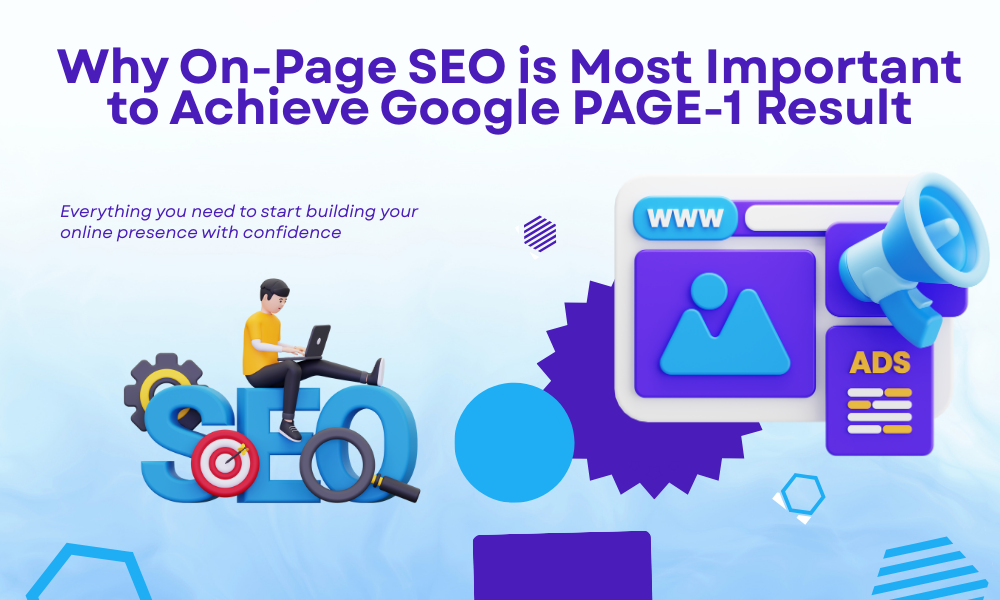
So, What Exactly Is On-Page SEO?
On-page SEO is all about fixing up the stuff you can control on your website to help it rank higher and get the right people visiting. This includes your content, headlines, images, URLs, and how user-friendly your page feels.
According to Backlinko, on-page SEO is one of the top three ranking factors in Google’s algorithm. If you skip it, getting to Page 1 is like trying to win a race wearing flip-flops.
On-Page SEO Importance
- Google Looks at Your Page First: Before caring about who’s linking to you, Google checks your page to see what it’s about.
- It Keeps Visitors Happy: A well-structured page helps people find what they need, keeping them on your site longer (which Google loves).
- Proves Your Content Is Relevant: Google wants to show the best results for any search. On-page SEO helps it see your content is worth showing. On-page SEO in Rajkot boosts site relevance.
The Must-Have On-Page SEO Elements (And Why They Matter)
- Metas (Meta Title, Meta Description, Meta Keywords)
- Meta Title: The blue clickable headline on Google. Keep it under 60 characters, include your keyword, and make it catchy.
- Meta Description: The short summary below your title on Google. Under 160 characters, clear, and keyword-rich to get more clicks.
- Meta Keywords: Not super important for Google anymore but can help you organise content. SEO Company in Rajkot optimizes meta tags and URLs.
Quick Fact: Good titles and descriptions can increase clicks by up to 30%.
- H1 to H6 Tags
These are your page’s headings, helping Google and readers understand your content easily.
- H1: Your main heading (only once per page).
- H2 & H3: Subheadings for different sections.
- H4-H6: For smaller subpoints in long articles.
- First 100 Words of Content
Google reads the start of your content carefully.
Make sure your primary keyword and its variations appear naturally in the first 100 words so Google knows what your page is about right away.
- Well-Structured Page Content
A tidy page keeps people engaged and helps Google crawl your site easily. Best SEO Company in Rajkot focuses on content structure.
| What You Need | Why It Matters |
| Headings (H1-H6) | Keeps content organised |
| Short paragraphs | Easier to read |
| Bullet/number lists | Helps scan info quickly |
| Internal linking | Guides visitors to other pages |
| Table of contents | Great for long guides |
- User Search Intent
- If someone wants information, give them a clear, helpful guide.
- If they want to buy, focus on your products or services with strong CTAs.
- Use Google’s “People Also Ask” for insight into what users want.
Fact: Matching user intent can increase your chances of Page 1 rankings by 70%
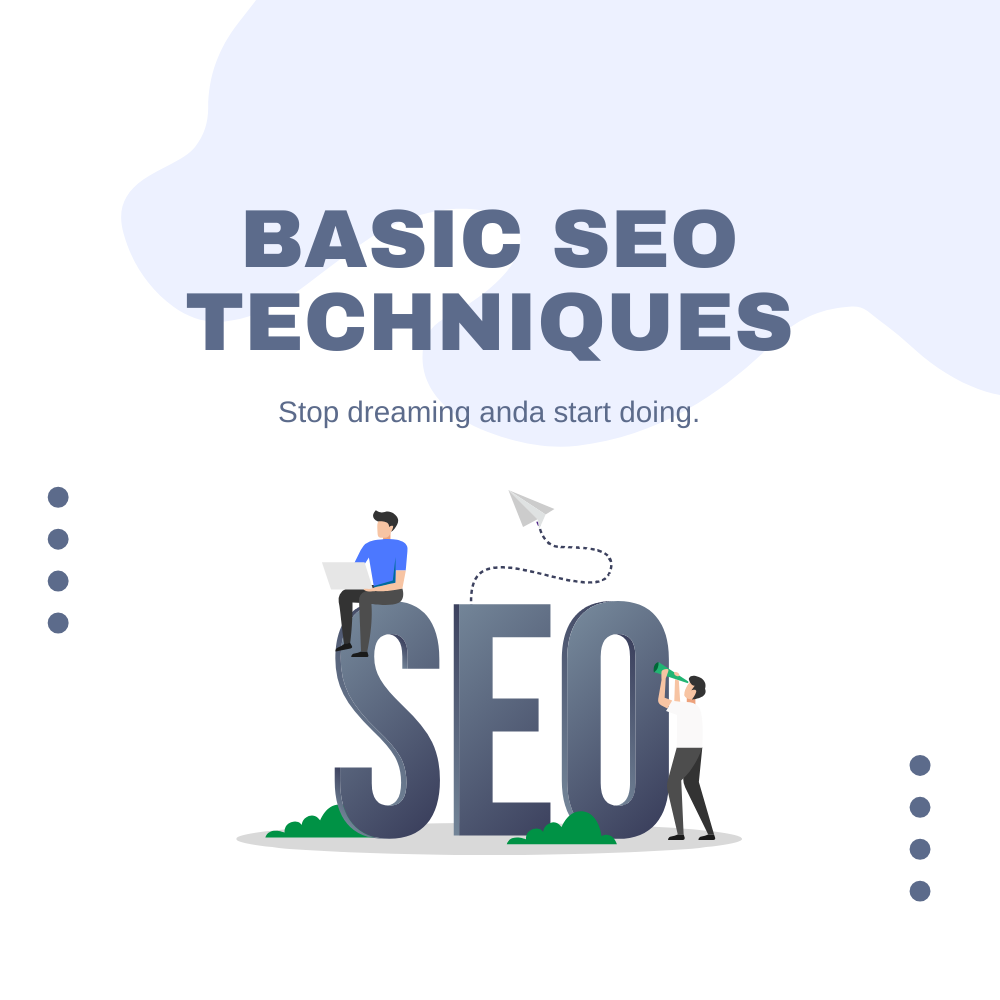
- Use Keywords Naturally
Don’t stuff your page with keywords like it’s a turkey. Instead:
- Use your main keyword in headings and naturally in your content.
- Sprinkle in related words (secondary keywords) where they fit.
- Keep it natural and easy to read.
- Why LSI Keywords Matter
LSI keywords (it’s just a fancy term for related words) help Google understand what your page is really about. Think of them as words that naturally connect to your main topic. If your main keyword is “on-page SEO,” you’ll also want to mention related terms like “meta tags,” “content optimisation,” or “internal linking” in your content. SEO Services in Rajkot improve on-page elements.
This tells Google, “Hey, this page is genuinely about on-page SEO and everything around it.” It helps your page show up for more searches without stuffing the same keyword everywhere, keeping your content natural while boosting your chances to rank.
- Schema Markup
- Use Schema.org to add structured data.
- Use schemas like Article, FAQ, Product depending on your content.
- Images & Infographics
People love visuals, and so does Google (when you optimise them).
- Use high-quality, relevant images.
- Add alt text with keywords for image SEO.
- Compress images so your page loads faster.
- FAQs
Adding FAQs:
- Targets long-tail keywords people search for.
- Improves user experience.
Tip: Use FAQ schema for better visibility in search.
- Page Speed and Mobile-Friendliness
Here’s something many skip: your page needs to load fast and look good on mobile. Google has said speed is a ranking factor, and with over 60% of searches happening on mobile, your site can’t afford to lag. No one likes waiting around for a page to load, and Google notices when people bounce because of it. SEO Promotion Company in Rajkot enhances internal linking.
Use tools like Google PageSpeed Insights to test your site, compress your images, and remove unnecessary scripts. A fast, mobile-friendly site not only helps your rankings but keeps visitors happy, making them more likely to stay, read, and take action.
Tips for Effective On-Page SEO
✅ Regularly update your content to keep it fresh.
✅ Monitor your page speed (aim for <2.5 seconds load time).
✅ Ensure mobile-friendliness, as 60% of searches come from mobile devices
✅ Use clear, concise URLs with keywords.
✅ Leverage internal linking to related blog posts for better crawlability.
FAQs
How long before I see results after fixing on-page SEO?
Usually within 4-6 weeks, depending on competition and how often Google crawls your site.
Can on-page SEO alone get me to Page 1?
It’s a big part of the puzzle, but pairing it with good off-page SEO and technical SEO works best.
How often should I refresh my on-page SEO?
Check and update your content every 3-6 months to stay relevant.
Conclusion
On-page SEO is your ticket to Google’s Page 1. It’s not just about ranking; it’s about making your site easy to find, easy to read, and easy to love for both Google and your visitors.
When you take care of your meta tags, headings, keyword placements, and user intent, you make it clear to Google that your content deserves to be seen.
This means more organic traffic, more engaged visitors, and more leads—without spending tons on ads.
Best SEO Company in Rajkot – Guaranteed Google Page 1 SEO Services with Expert Consultant
About the Author
Article Write by Priya

